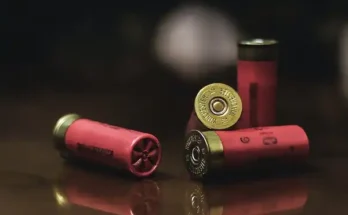Indigenous North American stickball, often referred to as “lacrosse,” is a centuries-old sport that predates European colonization. It is more than just a game; it is a sacred tradition that connects Native peoples to their ancestors and land.

The Origins of Stickball
The origins of stickball can be traced back to various Indigenous tribes, each with its own unique version of the game. For instance, the Choctaw Nation in the southeastern United States played a form of stickball called “ishtaboli,” which means “little brother of war.” Similarly, the Cherokee Nation engaged in stickball, known as “anetsa,” as a means of settling disputes and fostering camaraderie.
Equipment and Rules
Stickball is played with wooden sticks, traditionally carved from hickory or ash, and a small ball made of deerskin or other natural materials. The rules of the game vary among tribes but generally involve teams attempting to score points by hitting a target, such as a goalpost or designated area, with the ball.
Cultural Significance
Spiritual Connections
Stickball is not merely a recreational activity; it is deeply intertwined with Native spirituality and cosmology. Many tribes believe that the game serves as a way to honor their ancestors and connect with the spirit world. Before matches, players often participate in ceremonial rituals to seek blessings and protection from their ancestors.
Community Bonding
Stickball plays a vital role in fostering community cohesion and solidarity among Indigenous peoples. It provides an opportunity for people of all ages to come together, share stories, and strengthen familial and tribal bonds. Through stickball, Indigenous communities preserve their cultural heritage and pass down traditional knowledge to future generations.
Evolution and Modern Relevance
As Indigenous peoples continue to adapt to contemporary life, stickball has evolved to reflect changing times while still maintaining its cultural integrity.
Preservation Efforts
In recent years, there has been a renewed effort to preserve and revitalize Indigenous stickball traditions. Tribal communities, cultural organizations, and sports enthusiasts are working together to ensure that the game remains a vibrant part of Native culture. Initiatives such as youth leagues, tournaments, and educational programs are helping to keep the spirit of stickball alive.
Contemporary Impact
Despite the challenges posed by modernity, stickball remains an integral aspect of Indigenous identity and resilience. It serves as a source of pride and empowerment for Native peoples, offering a platform for cultural expression and social activism. Through stickball, Indigenous communities continue to assert their sovereignty and advocate for the preservation of their cultural heritage.
In conclusion, Indigenous North American stickball is more than just a sport; it is a powerful symbol of resilience, cultural pride, and community solidarity. As efforts to preserve and promote this ancient tradition continue, it is essential to recognize and celebrate its enduring significance in the lives of Indigenous peoples.
FAQs
1. Is stickball the same as lacrosse?
While stickball and lacrosse share similarities, they are distinct sports with unique histories and cultural significance.
2. How is stickball played?
Stickball is typically played with wooden sticks and a small ball on a field or open area. Players aim to score points by hitting a target with the ball.
3. What role does stickball play in Indigenous communities today?
Stickball serves as a means of cultural preservation, community bonding, and spiritual connection among Indigenous peoples.
4. Are there different versions of stickball played by different tribes?
Yes, various Indigenous tribes have their own versions of stickball, each with its own rules, equipment, and traditions.
5. How can individuals support the preservation of Indigenous stickball traditions?
Individuals can support preservation efforts by learning about Indigenous cultures, participating in community events, and advocating for Indigenous rights and sovereignty.
Also, Reads More>>>Cheating on You Online




